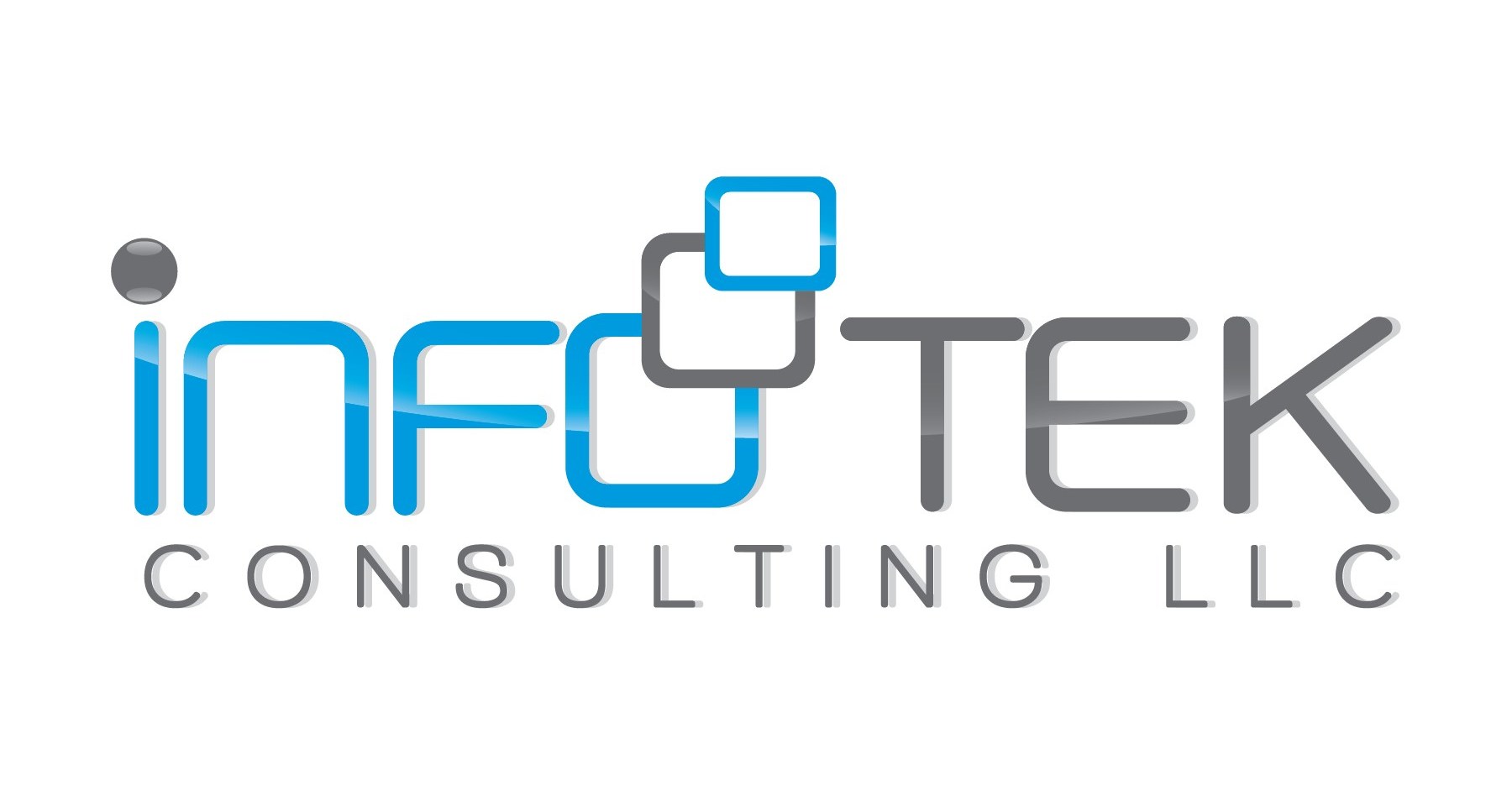Choosing the right partner for your Costpoint implementation is crucial to the success of your project. Deltek Costpoint is a complex enterprise resource planning (ERP) system commonly used by government contractors and organizations in heavily regulated industries. Here are some steps to help you select the right partner for your Costpoint implementation:
- Define Your Requirements: Start by clearly defining your organization’s requirements and goals for the Costpoint implementation. Consider factors such as the size of your organization, the industry you operate in, your specific needs, and any compliance requirements.
- Evaluate Potential Partners: Look for firms or consultants with experience in Costpoint implementations and a strong track record of successful projects. You can find potential partners through referrals, industry associations, or online research.
- Check References: Ask potential partners for references from clients who have gone through Costpoint implementations with them. Contact these references to get insights into their experiences and the partner’s performance.
- Assess Industry Experience: Consider the partner’s experience in your specific industry. Different industries may have unique requirements and compliance regulations that a partner needs to be familiar with.
- Evaluate Technical Expertise: Your partner should have a deep understanding of the technical aspects of Costpoint, including database management, system architecture, and integration capabilities. Ask about their experience with the specific version of Costpoint you plan to implement.
- Project Management Skills: Ensure that your chosen partner has strong project management skills. Costpoint implementations are complex and require careful planning, coordination, and execution. Ask about their project management methodology and tools.
- Compliance and Security: If your organization operates in a highly regulated industry, like government contracting, compliance and security are critical. Verify that the partner has experience in implementing Costpoint solutions that meet regulatory requirements.
- Team Expertise: Assess the qualifications and experience of the team members who will be working on your project. This includes project managers, functional consultants, technical consultants, and developers.
- Scalability and Growth: Consider your organization’s future growth and scalability needs. Ensure that your chosen partner can support your evolving requirements and expansion plans.
- Cost and Budget: Obtain detailed cost estimates from potential partners and compare them. Be sure to understand what is included in the cost and any potential additional charges that may arise during the project.
- Communication and Compatibility: Effective communication is crucial throughout the implementation process. Choose a partner with whom you have good chemistry and who is responsive to your questions and concerns.
- Support and Training: Inquire about post-implementation support and training options. A good partner will offer ongoing support to help your team adapt to the new system and address any issues that may arise.
- Review Contracts Carefully: Before finalizing your choice, carefully review the partnership contract. Ensure that it includes all agreed-upon terms, timelines, and deliverables.
- Start Small if Necessary: If you’re unsure about a partner’s capabilities or your project is particularly complex, consider starting with a smaller project or a pilot phase to assess the partner’s performance before committing to a full-scale implementation.
- Visit Partner Locations: If feasible, visit the partner’s offices or meet their team in person. This can provide additional insights into their operations and culture.
Selecting the right partner for your Costpoint implementation is a critical decision that can significantly impact your organization’s efficiency and compliance. Take the time to thoroughly evaluate potential partners to ensure a successful implementation.

